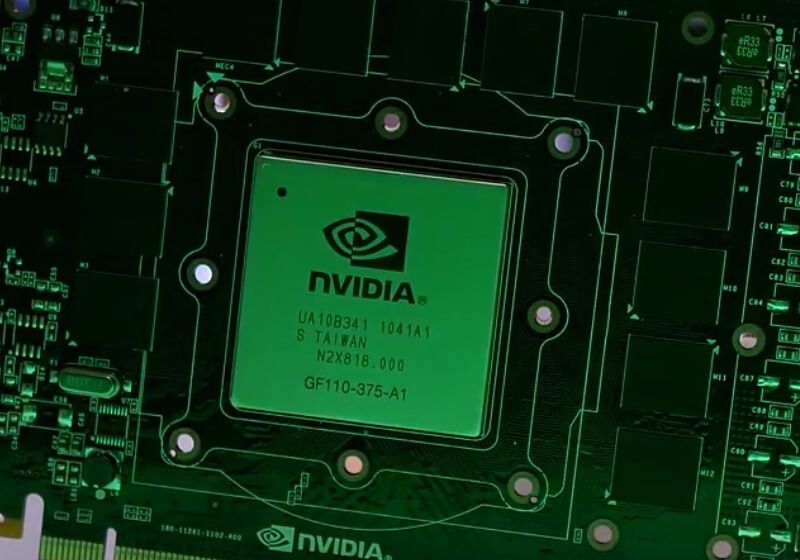However, the pattern seems clear, and is worth heeding by other nations: despite China’s reputation for authoritarian and hierarchical rule, in science the approach seems to be to ensure that top researchers are well supported with funding and resources, and then to leave them to get on with it.
Chinese investment is paying off with serious advances in biotech, computing and space. Are they edging ahead of the west?
By Philip Ball








